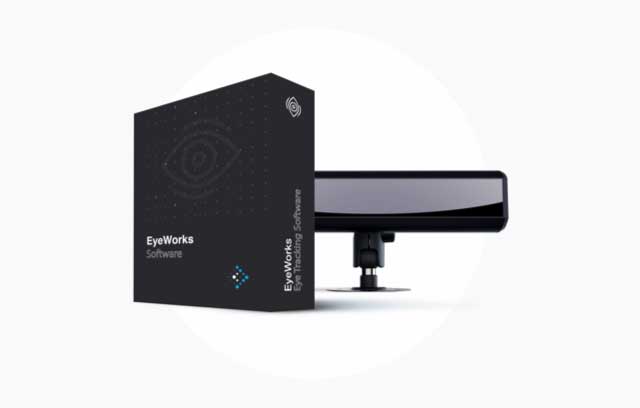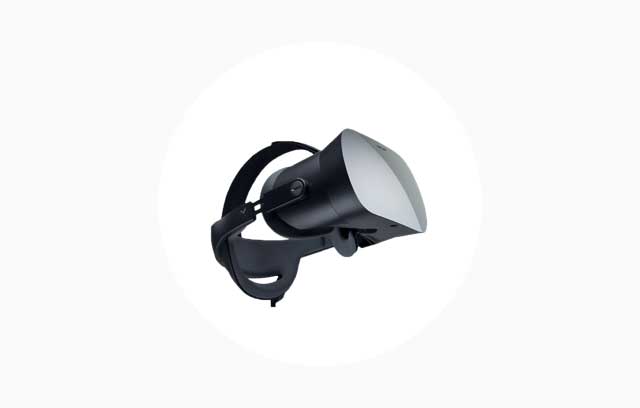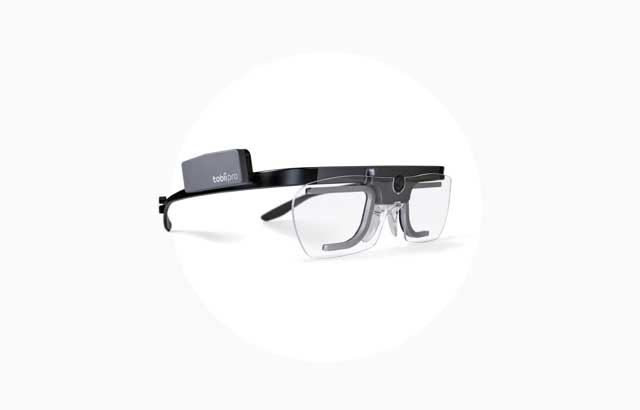Over the past hundred years or so, the word “promising” has been employed quite often to describe eye tracking technology – from the very first noninvasive eye data collection by Dodge and Cline in 1901, through Fitts’ work with pilots in the 40s and 50s, right up to modern day uses in a diverse array of applied and research fields. Indeed, it is a promising technology. Absolutely, unquestionably, indubitably, there is great promise in the precise evaluation of visual behavior.
However, as noted by Jacob and Karn (2003), to be described as “promising” for such a lengthy interval is a dubious distinction. On one hand eye tracking must really hold promise or else it would have been discarded long ago. On the other hand, it raises a difficult question: when will this long-heralded promise finally be fulfilled?
I’ve worked in the industry for roughly seven years, and I can count on one hand the number of times that I have stated my occupation to someone who showed even the smallest modicum of recognition. The most common response that I get is a vaguely interested “Hmm.” It seems that even now, after a century of development and important discovery, eye tracking is still relegated to the fringes of public awareness. Think about some of the other inventions around the time that Dodge and Cline were measuring eye movements: the X-ray, the modern microscope, the diesel engine. While these contemporary advances famously changed the world, eye tracking continued to be thought of (if at all) as “promising,” and so it remains to this day. Present company excluded, of course. Anyone reading this blog probably already knows that eye tracking is a great deal more than just some potential futuristic possible down-the-road solution, so I won’t bother with a list of its accolades. What I’d like to discuss instead is the aforementioned perception.
From my vantage, there are two reasons that eye tracking has spent so long in the limbo of “promise.” The first is that the pertinent technologies have been slow to develop. Visual behavior is both subtle and swift. In order to accurately analyze gaze position, pupil dilation and other eye activity, you need an advanced configuration of cameras and software, the likes of which has only recently become available. Past generations of eye trackers were nowhere near the level of precision, automation and flexibility that we now enjoy. Also, today’s eye tracking systems are more than just noninvasive; they are unobtrusive. That may seem like a purely semantic difference, but actually it’s a key component in delivering on the promise. It means that for the first time we can track the eye in a truly natural setting. Consider, for example, the eye tracking-aided 3D televisions unveiled by LG last week. Without our current standard of accurate unobtrusiveness, such a device would have been impossible. And who knows? – maybe this invention will serve as the final nudge that pushes eye tracking across the tipping point of our collective consciousness. Maybe the next time I tell someone what I do for a living they’ll say, “Oh, you mean that thingy in my 3D TV?” to which I will joyously reply, “Sort of, yeah!”
So there was this snail’s pace of development over the course of a century that contributed to the perception (or lack thereof) of eye tracking, and yet that isn’t the whole story. There’s another reason that people are still calling eye tracking a “promising” technology today. It’s because no matter how many new frontiers are reached, there are always promising new ones. One need only look at the history of the field to see what I mean. By the time eye tracking had become an established tool in physiological research, it had developed into a promising one for HCI. Then, as it grew into an established tool for HCI, it became promising as an assistive technology. Over time that newly-established assistive technology was applied to promising areas of defense, security, automotive, medicine, marketing, entertainment, and on and on and on. If you consider such myriad applications, it isn’t any wonder that eye tracking has remained perennially “promising.” In fact, with every evolution and expansion, this descriptor becomes all the more appropriate…which is a good thing. I promise.
Featured image from Pexels.



